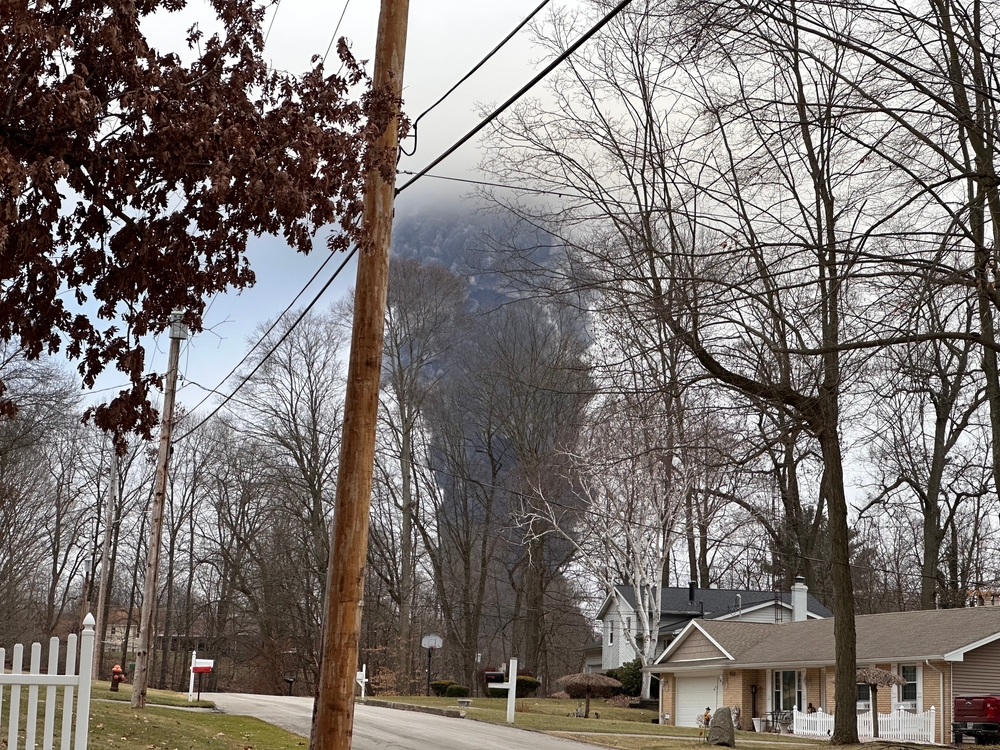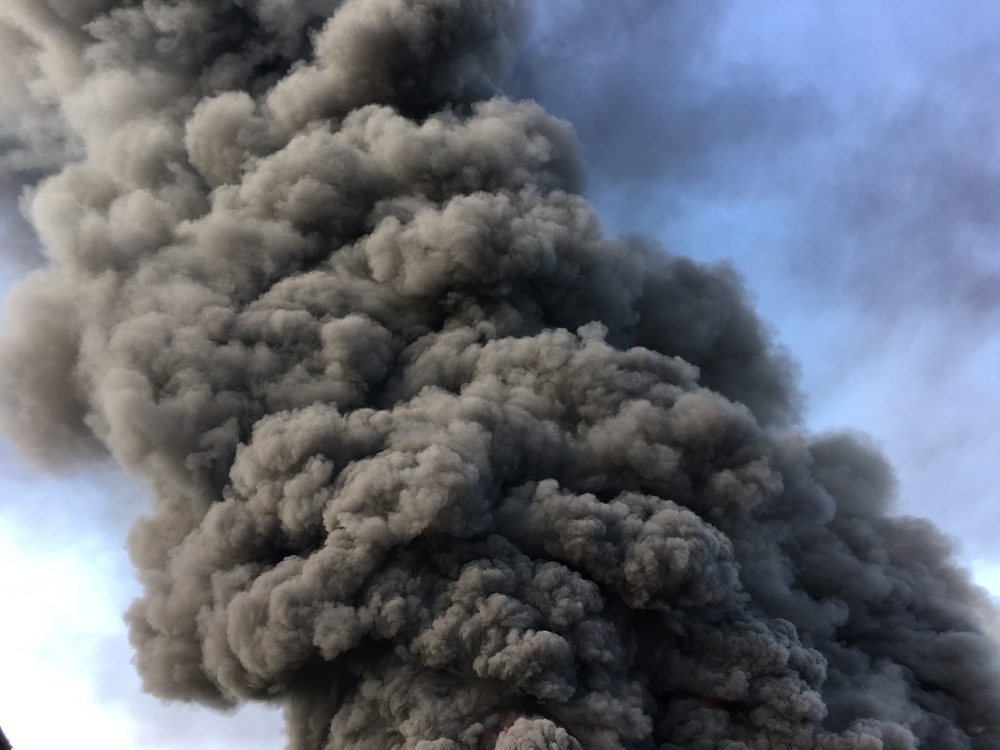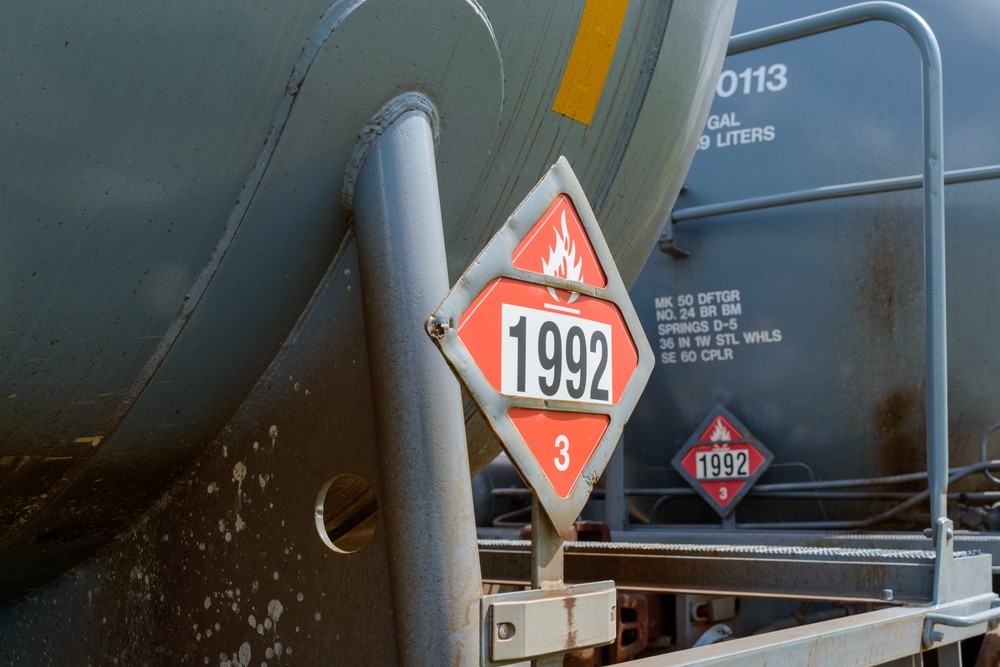Toxic Exposure Fears After Ohio Train Derailment
On the evening of Friday, February 3, residents near East Palestine, Ohio, watched and heard a Norfolk Southern train derail in their backyards. This train was carrying an estimated 150 train cars. East Palestine is located near Ohio’s border with Pennsylvania. While no one was injured during the derailment, thousands of people, scores of wildlife and livestock are now at risk.
Some residents near the derailment site were evacuated the Friday evening of the accident. Additional residents were evacuated the next day as the derailed train was still burning. On Monday, after the accident, more residents were told to evacuate, while others were told to shelter in place while officials conducted a controlled release of the chemicals. It was believed that the derailed train cars could explode at any time. The controlled chemical release included burning several railcars to prevent a larger explosion.

Based on the preliminary investigation by the National Transportation Safety Board (NTSB), they have confirmed that approximately 36 railcars left the tracks. Of these, eleven were carrying hazardous chemicals. While the investigation is ongoing, questions remain, including how this happened, what are the health risks to the residents of East Palestine and those who live in the surrounding area, and what is the threat to the environment around East Palestine.
What Cargo Was Onboard the Derailed Train?
While most of the 150 train cars carried cargo such as steel, cement and frozen vegetables, some were transporting hazardous chemicals. In the manifest released by the EPA, vinyl chloride is listed as part of the train’s cargo. This highly toxic chemical is a cancer-causing agent. When inhaled, vinyl chloride can cause shortness of breath, dizziness and headaches. Exposure to high levels of vinyl chloride could lead to cancer and potential liver damage.
Isobutylene, ethylhexyl acrylate and ethylene glycol monobutyl ether were also part of the train’s cargo. Skin irritation, headaches and dizziness may occur if exposed to these chemicals. One of the tanker cars lost the entire tank of butyl acrylate. This chemical is used to make caulk, paint and glue products. Exposure to butyl acrylate may cause irritation to airway passages which include the lungs, throat and nose, nausea, dizziness and headaches.
While over 400 homeowners have enrolled in the EPA air monitoring program, residents are also concerned about residue on their homes and the quality of their drinking water. With East Palestine’s proximity to the Ohio River, residents who draw their drinking water from groundwater sources and the river are concerned that the water they drink is unsafe for human consumption. Government officials have been testing local groundwater sources and found the groundwater safe for drinking. However residents with private wells as their source of water are being urged by local and state officials to have their water tested. The EPA has collected samples from at least 28 wells so far. Those who rely on private wells are being urged to use bottled water.
Shortly after the initial derailment, a plume of smoke that contained contaminants was released into the surroundings. The plume did reach the Ohio River, but Ohio EPA director Anne Vogel shared, “the Ohio River is very large, and it’s a water body able to dilute the pollutants very quickly. We’re pretty confident that these low levels are not getting passed onto the customers.”
Related: Understanding the Risks of Toxic Exposure
Mounting Lawsuits
Some of the evacuated residents returned to their homes within days of the derailment. Local officials continue to repeat that there is no risk to the health of residents. However, many residents have concerns about the potential health risks of staying in East Palestine. Lawsuits have been filed against Norfolk Southern by citizens of East Palestine and business owners in the area. Many of these lawsuits claim that Norfolk Southern was negligent. Claimants want the company to fund medical screening for serious illnesses caused by exposure to these hazardous chemicals. The plaintiffs want the medical screenings to be court-supervised.
As residents return home, media reports have shared that some have experienced rashes and headaches. While the EPA maintains that the air quality and water are safe, community members continue to grow frustrated with local, state and federal government officials and the railway company who have not provided adequate answers to residents’ questions regarding health risks.
In recent days, Ohio Governor Mike DeWine has urged Congress to change rules around notifying state officials about the cargo on railways across the country. Because most of the railcars carried non-hazardous cargo, Norfolk Southern was not required to notify Ohio state officials about the train’s contents. Governor DeWine shared, “Frankly, if this is true – and I’m told it’s true – this is absurd. We should know when we have trains carrying hazardous material that are going through the state of Ohio.”
Ongoing Investigation
While the NTSB’s investigation has not been completed, several facts have been shared publicly. On February 14, the NTSB shared their early investigation findings. Based on security footage provided by a resident in East Palestine, investigators confirm that a train wheel bearing was in the “final stage of overheat failure” leading up to moments before the train derailed. While the investigation is ongoing, new developments continue to be released. The investigation is expected to take months to complete.
According to the Association of American Railroads, “more than 99.9% of all hazmat moved by rail reaches its destination without a release caused by a train accident.” Between 2015 and 2022, there were 110 train derailments in which a hazardous release or spill occurred. The freight railway network across the country covers more than 140,000 route miles. In an average year, more than two million railcars of hazardous materials are transported using this network.
As the investigation into this train derailment is ongoing, updates are being provided by a variety of government agencies. These include the EPA, the NTSB, and local and state officials. During a recent town hall meeting, hundreds of residents packed into a local high school gym to hear from Norfolk Southern and state and local government officials. Just hours before the meeting began, Norfolk Southern pulled out, sharing that they were concerned about a “growing physical threat to employees and members of the community.” Residents continue to demand answers to whether their air and water are safe. Many would like more answers from local, state and federal officials and Norfolk Southern.










